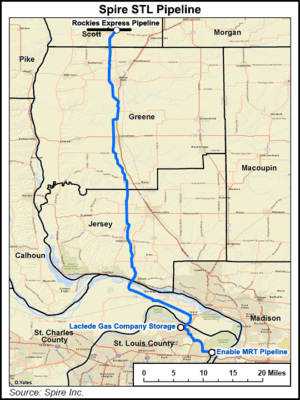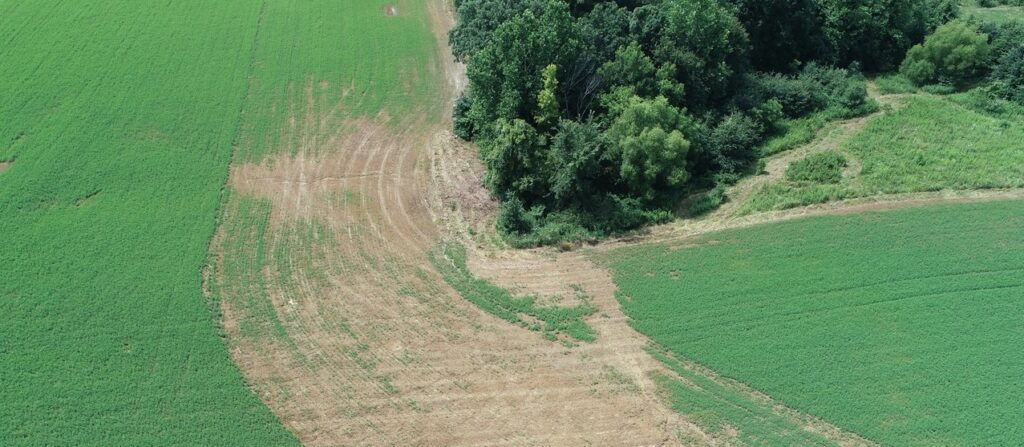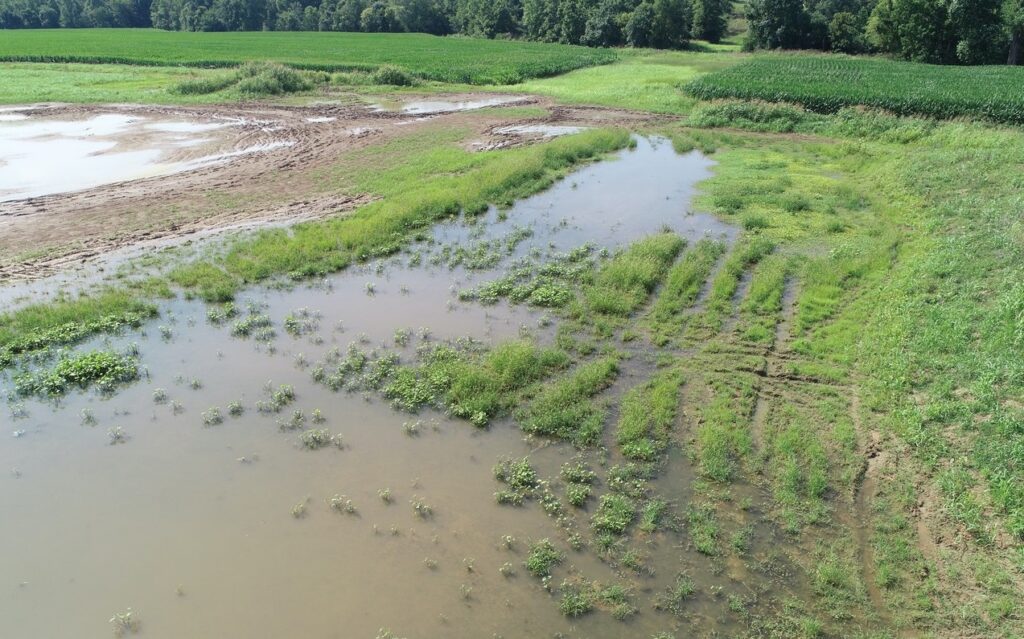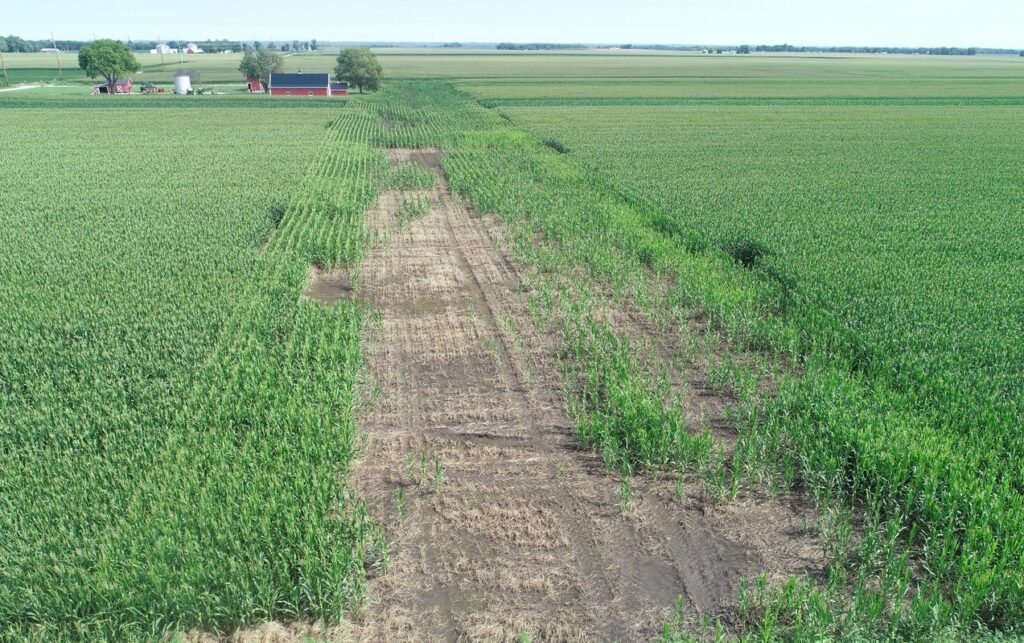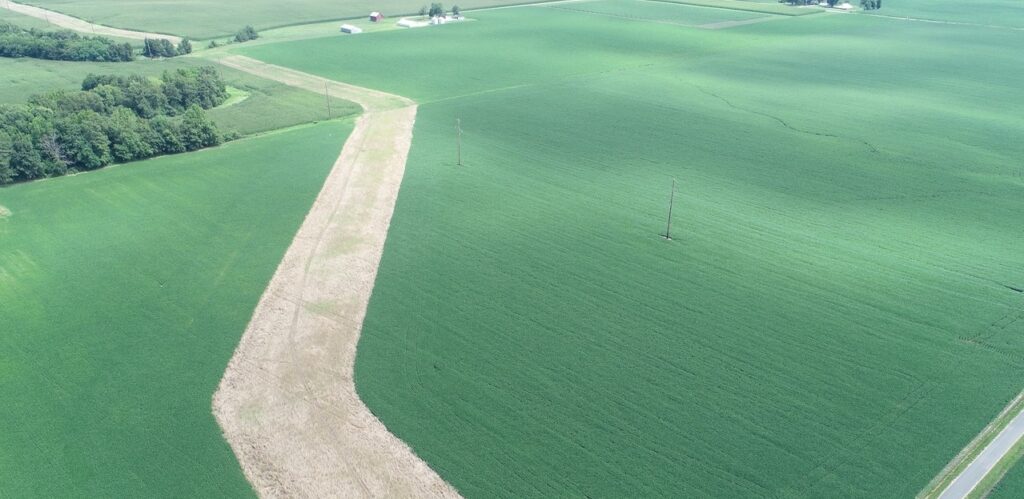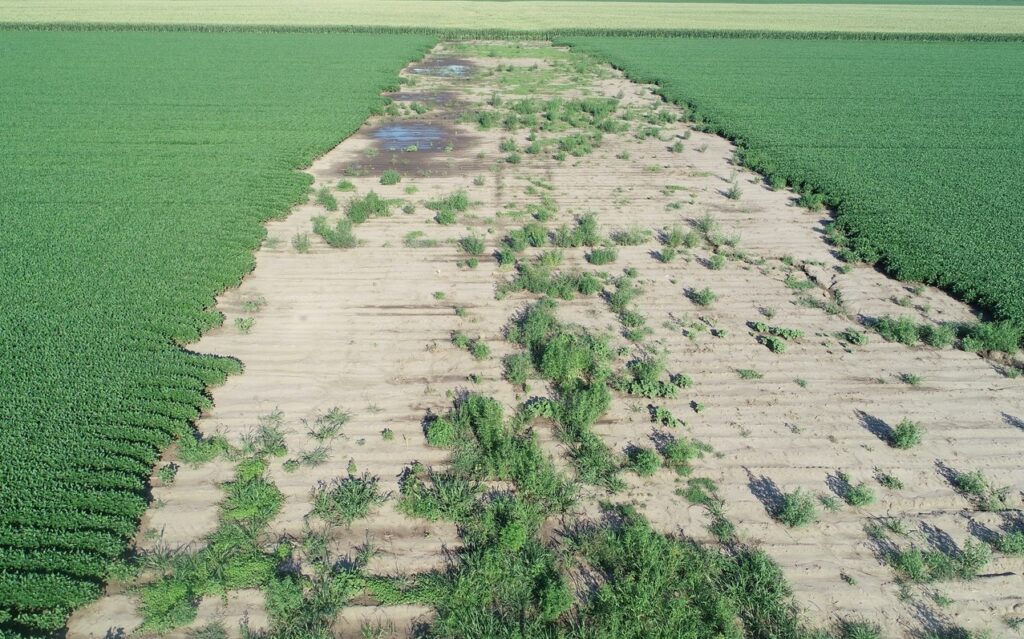The Spire STL Pipeline company has recently disagreed with recent findings by the Illinois Department of Agriculture’s report about its pipeline through Greene, Scott, and Jersey County. Spire General Counsel Sean Jameison outlines some of IDOA’s concerns: “We are continuing to work with the Illinois Department of Agriculture. It is an ongoing relationship that started more than 2 years ago, and we even entered into an Agricultural Impact Mitigation Agreement or an AIMA. The purpose of that agreement is really to minimize any negative impacts of the pipeline construction on privately owned land. When [IDOA] filed the report, they identified really 3 main things. They said there were concerns they had related to the loss of topsoil, there were concerns related to topsoil compaction, and there were concerns they had with the mixing of topsoil with subsoil.”
In a letter sent to Federal Energy Regulatory Commission Secretary Kimberly Bose, Spire Director of Pipelines Russ English says that they are working with IDOA on revegetation and restoration in the region actively. Jameison says that the vegetation on the right-of-way of the 65 mile pipeline is rebounding after construction: “We had a big celebratory moment, a milestone, where we were at a place to put the pipeline into service; but the work is not done. Meaning, there is going to be restoration and monitoring. We are going to continue to look at that right-of-way to see how it’s restoring, to see how vegetation is coming back. I will say that for the vast majority of the right-of-way, we are seeing revegetation even better than expected. There is a smaller subset of the right-of-way where we are seeing some challenges, and that we are continuing to work through and monitor.”
Spire claims that Central Land Consulting erroneously asked area farmers to refrain from planting crops for 3 years, which Spire believes would then lead to soil erosion and adversely impact soil reclamation. CLC, a land consulting firm representing area landowners, filed a report on July 28th with FERC claiming that Spire had blocked and altered drainage; failed to address crop loss, revegetation in farmed areas, and off right-of-way damages; and made uneven grades and contours in the land. Spire refutes all the claims that CLC made in the report, saying that Spire has continuously addressed those concerns and continued to monitor the area with monthly drone flights over the pipeline as part of their AIMA as well as make repairs.
Jamieson says that during the project, topsoil was properly taken care of. Spire Pipeline Director English claims that Spire properly salvaged, stockpiled, and protected topsoil during construction of the project and redistributed the soil across the project’s right of way to match approximated pre-construction grades. Jameison says that the collection of the soil took place in line with the AIMA and the requirements by FERC prior to construction: “We have not yet seen that topsoil has negatively impacted crop yields or crop productivity. There is nothing in the IDOA report that says otherwise at this point because it would be too early to say.” English also claims in the letter to FERC that at this time there is no evidence to suggest that topsoil has negatively impacted crop productivity or yields in the area.
Jameison says it’s also too early to talk about topsoil compaction, too: “We have also not seen enough evidence to conclude that there was improper topsoil compaction. Research explains that it is at this stage not scientifically valid to measure topsoil depth prior to soil porosity being restored. If soil porosity is not restored properly, we need to wait a little bit longer. That lack of soil development and plant root development would likely lead to this inconclusive determination that topsoil depths are not correct. What I’m told by the experts is that these measurements can only be taken after harvesting crops in 2020, tilling of the soil, and immediately planting of a cover crop. We have not yet seen that.”
Jameison says that the outside landowner groups have improperly influenced some local landowners’ decisions, because Spire has easements and successful relationships with 73% of landowners along the pipeline.
Jameison says that landowners were given a 3 to 5 year horizon and have been compensated for their income loss: “The landowners and the farmers in those regions know their land much better than we do. We did say that we think there is a 3 year horizon. In some instances we thought there might even be a 5 year horizon before you see where crop yields returning to normal conditions. Then, Spire, with those 73% of landowners that we reached an agreement with, we appropriately compensated them for those crop yields – for those years – those 3 years – we appropriately compensated them for an adjustment of what they would or may lose as a result of the 3 years from the start of construction to when we thought the yields would come back.”
English also says in the letter that the mixing of soil was only evaluated in one location on each property and doesn’t know if the mixing of the soil is localized or widespread along the soil’s right of way. Jameison says that Spire is willing to work on issues on a case-by-case basis to mitigate any current or future problems within reason with landowners.
English claims that CLC has belied the record with FERC on what has actually happened along the pipeline. Despite Spire’s claims, a number of Greene, Scott, and Jersey landowners continue to express concerns and disagree with Spire’s claims. They have sought the help of 13th District Congressman Rodney Davis in the FERC hearing process to plead their case against Spire.
Jameison says that they are also currently working on proper compensation to municipalities and road districts on agreements for compensation for road damages. He says that a lawsuit filed against several municipalities at the beginning of the project by Spire was a result of a misunderstanding on the road use agreement compensation formulas and reports. He says that his legal team has spoken with Greene County Road Commissioner David Marth in recent weeks on specific problems to determine how Spire should remedy road issues in Greene County.
FERC’s final ruling on the IDOA, CLC, and Spire’s findings are forthcoming.



